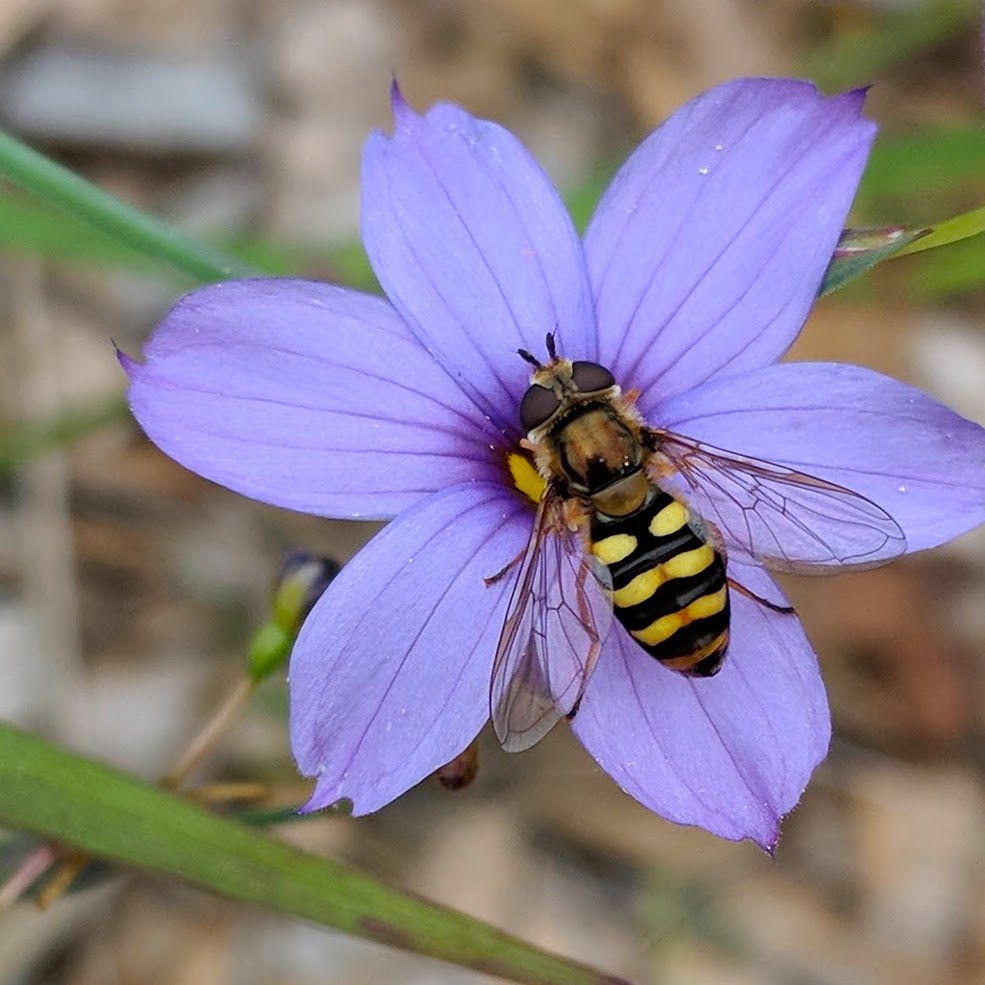
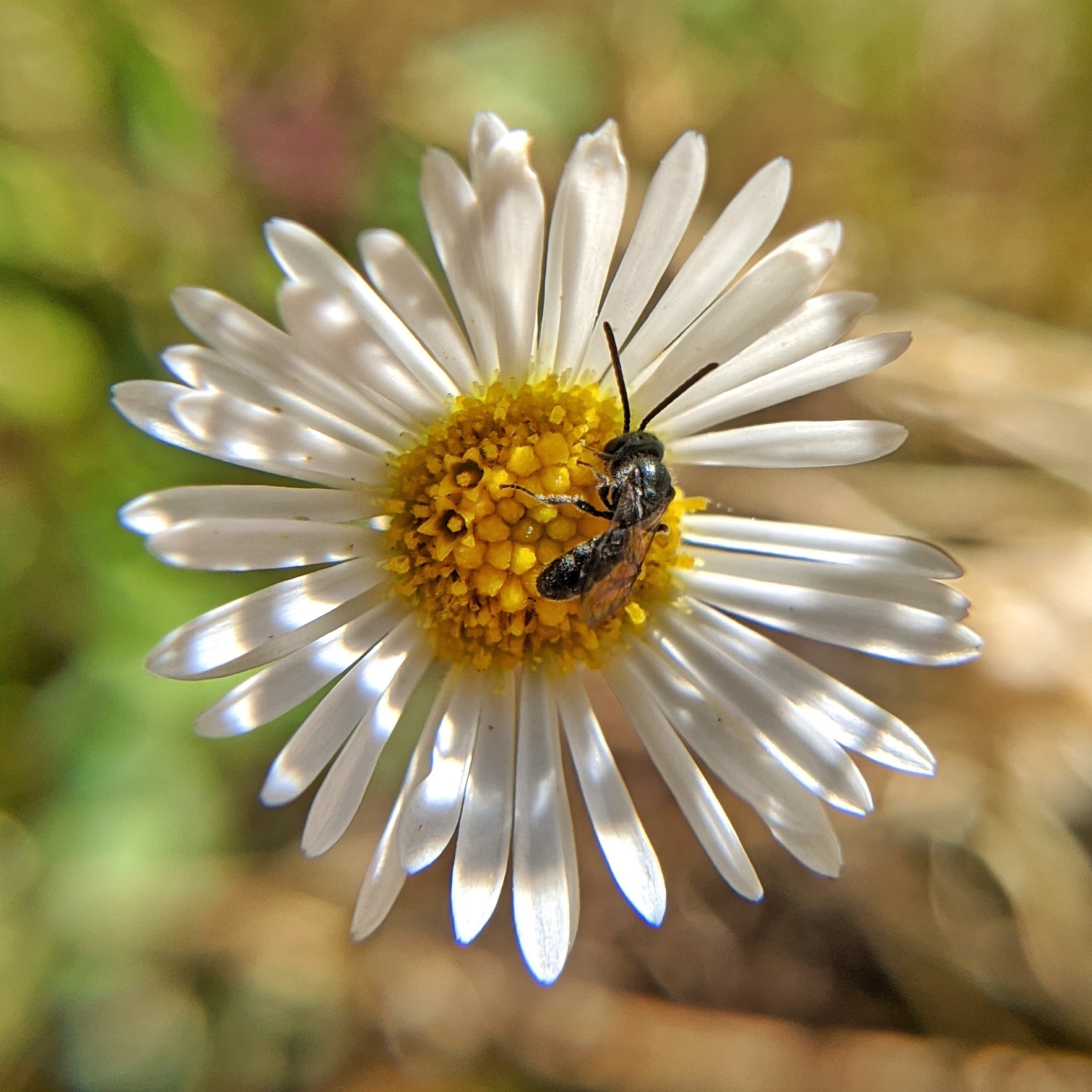
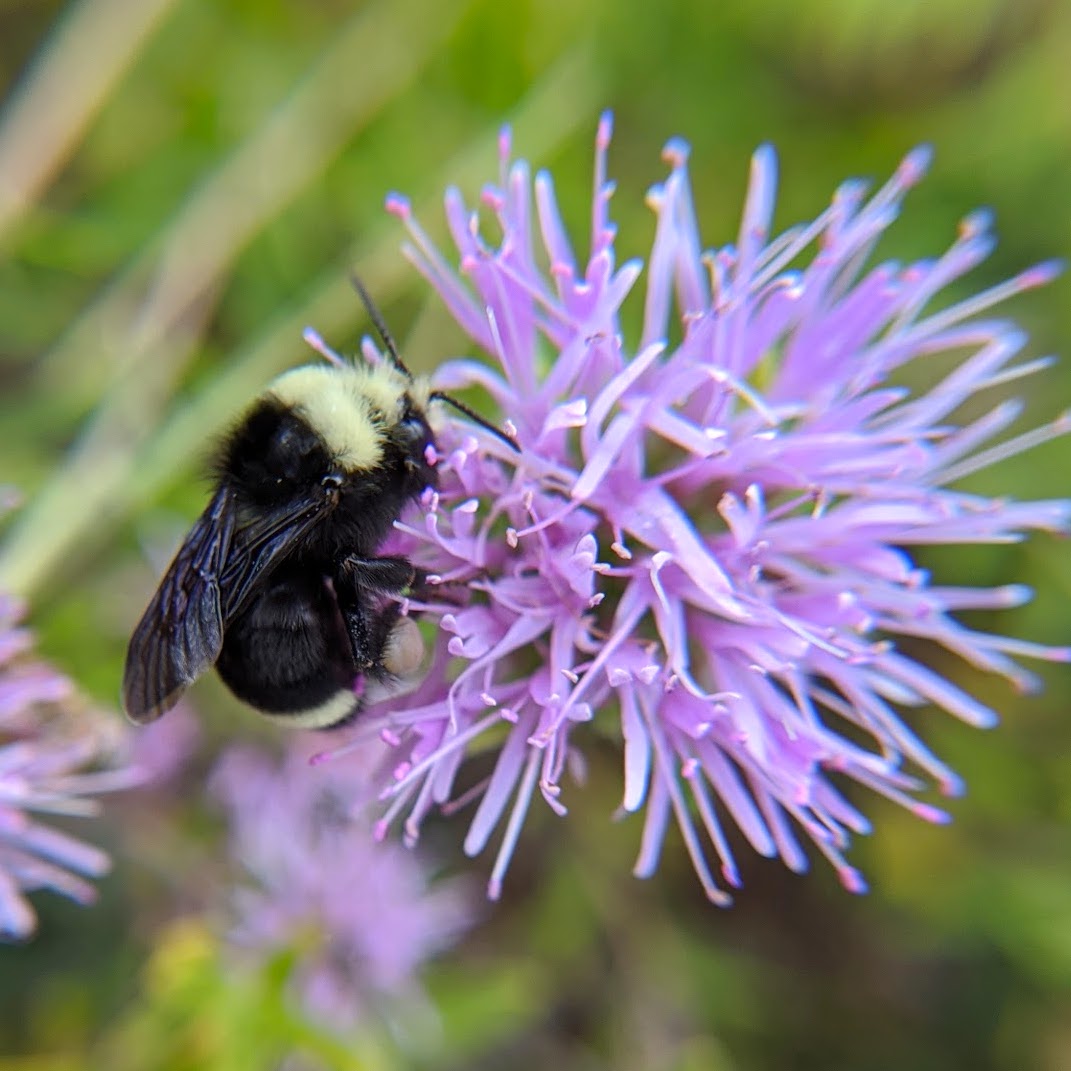
Building Habitat Corridors in Urban Environments
As climate change and human activity alter our natural landscapes, many of the organisms we rely on struggle to adapt to such rapid change. Among those important organisms are pollinators. Pollinators play an essential role in our food systems, as well as in their natural ecosystems. Providing them with space and resources is essential to their survival, but can be challenging for people living in small spaces or urban areas.
With Potted Plants for Pollinators (PPP), everyone can help support pollinators! PPPs are an easy DIY project that brings a piece of natural habitat to your home. Ideal for college students, urban homes and apartments, and folks without access to gardens, PPPs make gardening more accessible. By engaging with PPP, you’ll be able to stay connected to nature at home, nurture a mix of interesting plants, and do your part to help maintain healthy and diverse pollinator populations.
Why is this important?
Without pollinators, the world as we know it would be unrecognizable. Most crops and plants would disappear, as well as the animals that rely on them (including humans!). Habitat loss is a major threat to pollinator populations, often caused by urbanization and other land development. Habitat fragmentation, or the breaking of suitable habitat into smaller, less supportive spaces, makes pollinators incredibly vulnerable in the face of climate change. PPPs can help create a network of food and habitat in urban areas that bridge the gaps between suitable natural areas. By implementing PPPs, you are supporting pollinators while bringing functional greenery to your outdoor spaces!
What you need

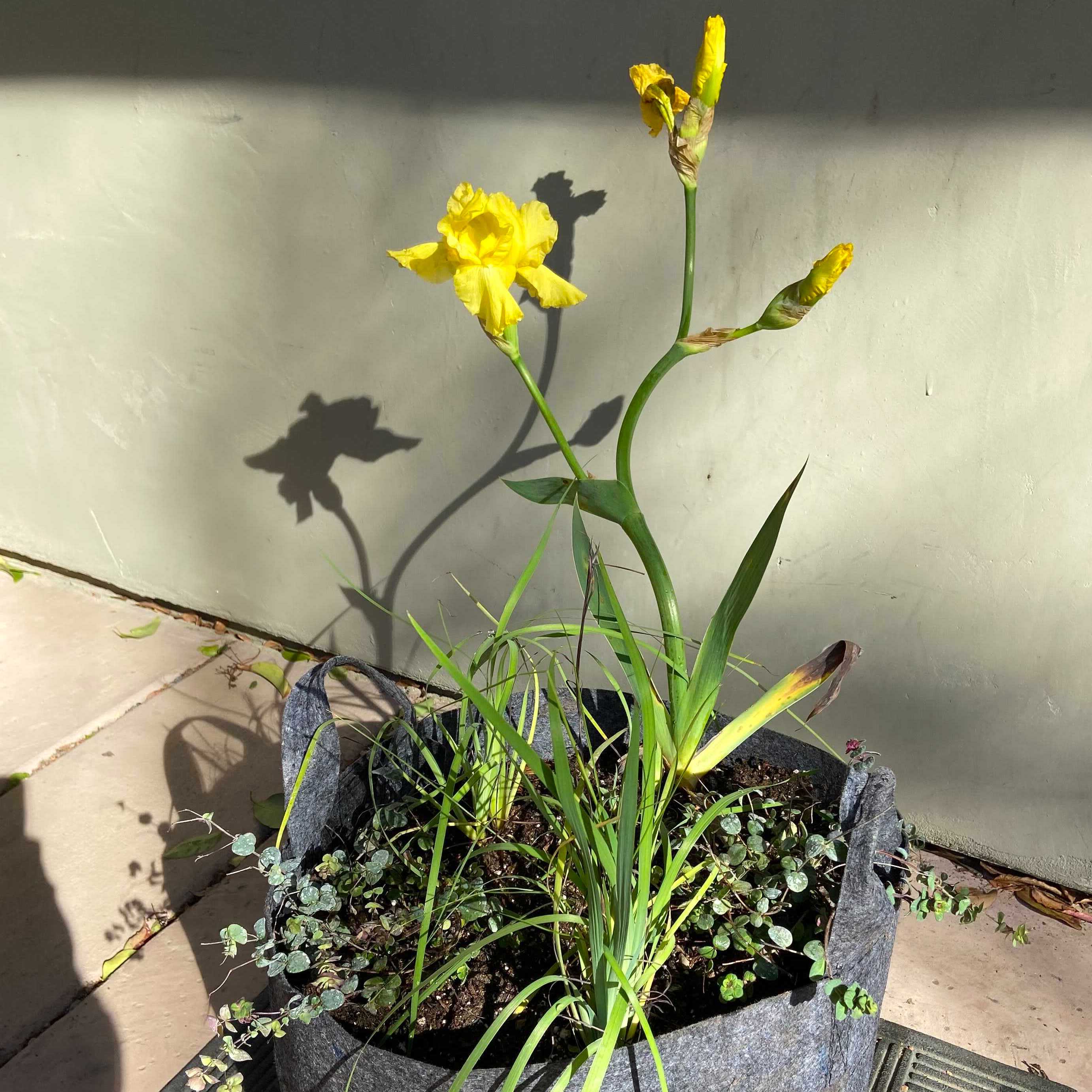
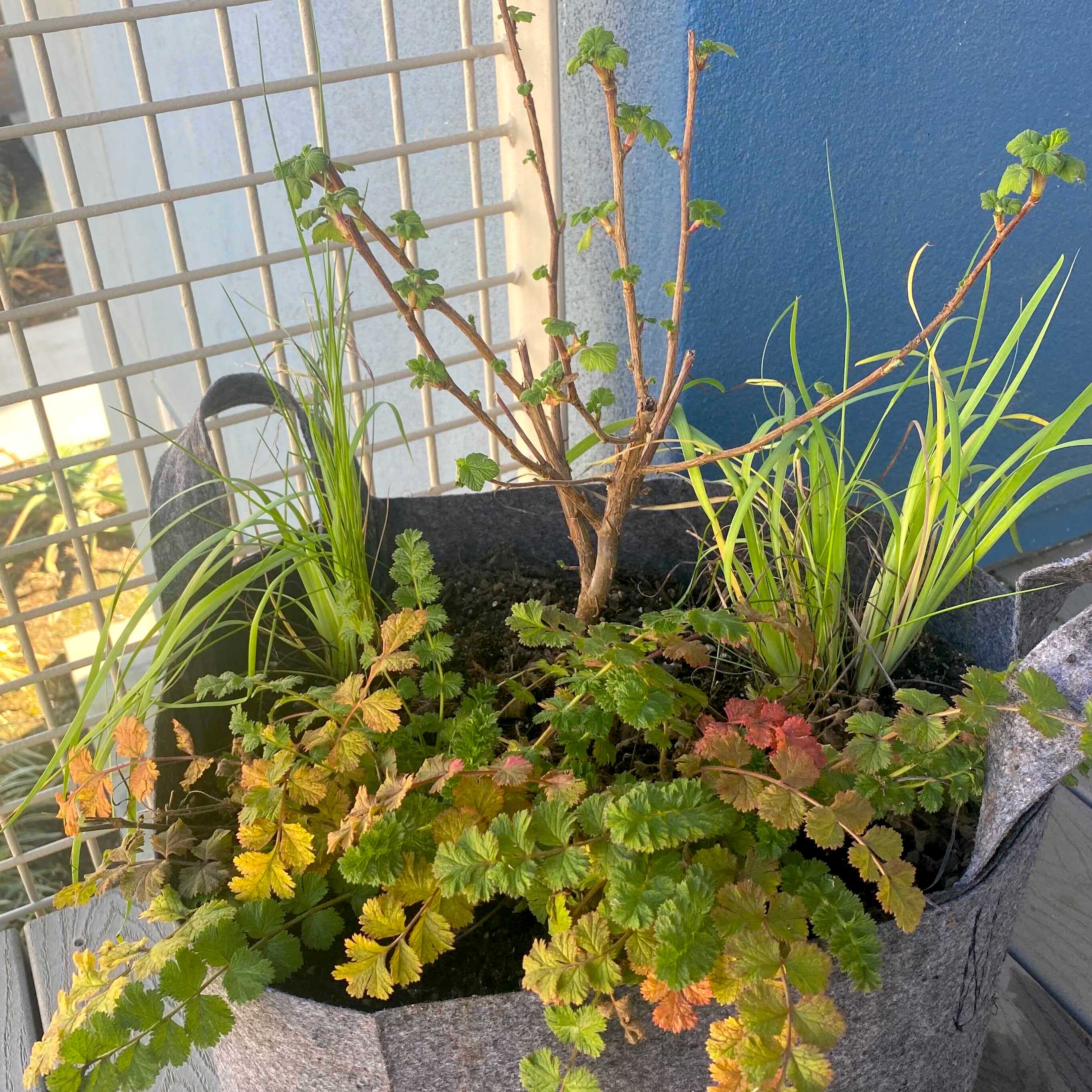
Pot
Choose a pot that is large enough for several plants. We recommend containers with at least a 15 inch diameter at the top. You should also choose a container based on your needs and preferences:
| Material | Water availability | Weight | Root conditions |
|---|---|---|---|
| clay | dries rapidly | heavy | cool roots |
| wood | stays moist longer | mod. heavy | cool roots |
| metal | stays moist longer | light | heats roots |
| paper | dries rapidly | light | cools roots |
| glazed clay | moist longer | heavy | cools roots |
| plastic | moist longer | light | cools roots |
| grow bag | dries rapidly | light | cools roots |
Soil
Container mix will decrease contamination of weed seed and diseases, is non-toxic, has low salt content, and may or may not have added fertilizer. You can supplement with slow-release osmocote.
Plants
We are building our recommended plant list. See table below for some native plant recommendations. Calscape is also a great resource for plant information.
Plant journal or iNaturalist
This is a fun way to record observations and see how your PPP grows. Learn more and sign up for iNaturalist
How to choose plants
Plants in your PPP can start off small but many will need to be potted up or planted in the ground within 2-4 years.
When choosing plants for your PPP, we recommend the “thriller, filler, spiller” plan:
Thriller
An upright focal point plant
Filler
a smaller plant to fill empty spaces
Spiller
a low-growing plant that can spill out and fill the pot
This pattern will give your PPP a balanced, natural look, but with plenty of room for customization! The plant combinations below offer a great pollinator-friendly starting point, but the possibilities are endless. Ideally, the plants you choose will thrive in your local climate and provide maximum benefits to native pollinators.
Examples
Sun

Thriller: Spineless cactus (opuntia); Filler: Penstemon pinifolius; Spiller: Arctostaphylos 'Emerald carpet'
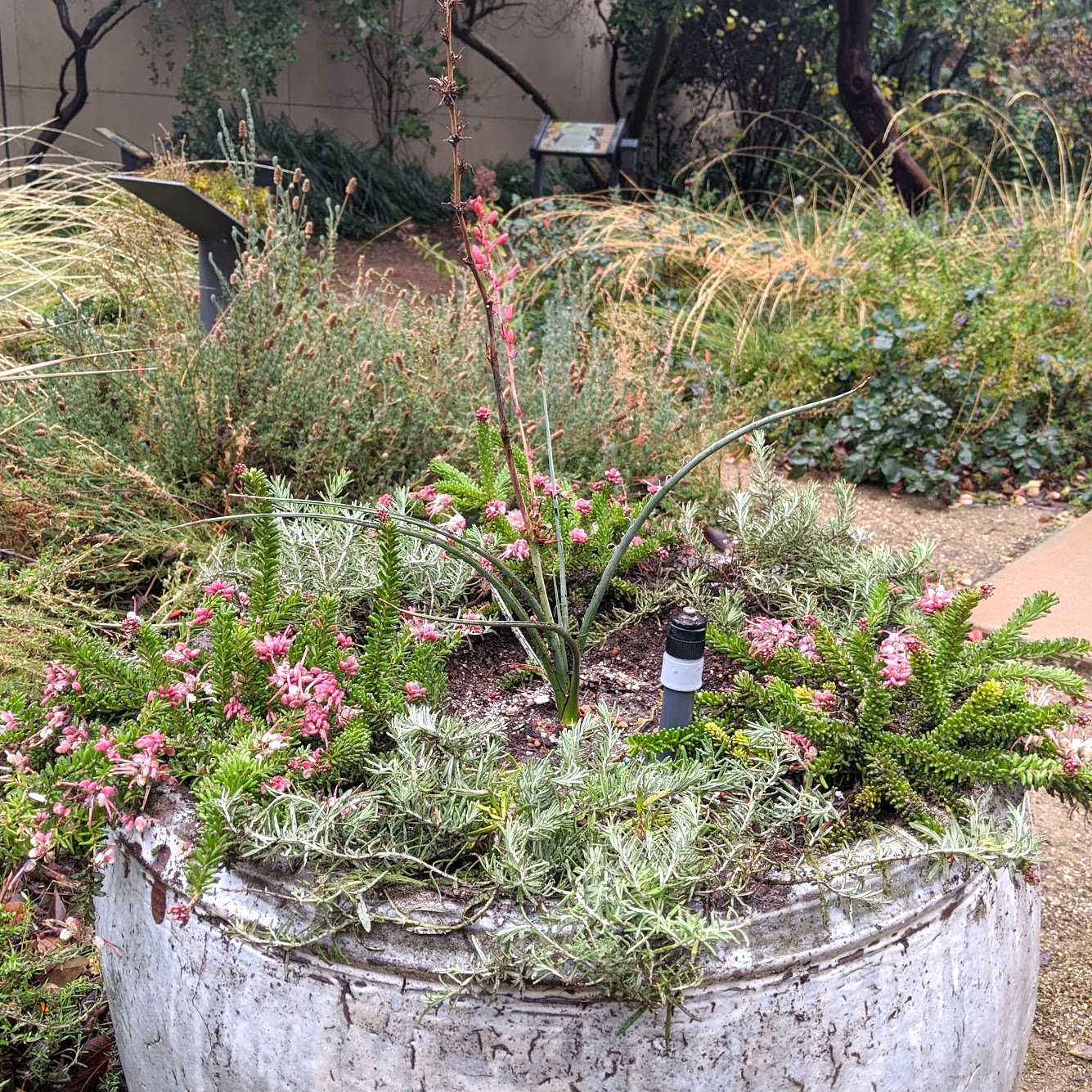
Thriller: Coral yucca (Hesperaloe parviflora); Filler: Grevillea 'Mt. Tamboritha'; Spiller: Creeping germander (Teucrium aroanium)
Thriller
- Yerba Santa (Eriodictyon californicum)
- apricot mallow (Sphaeralcea ambigua)
- manzanita (Arctostaphylos ‘Sentinel’)
- giant coreopsis (Leptosyne gigantea)
- desert penstemon (Penstemon pseudospectabilis)
Filler
- yarrow (Achillea millefollium)
- red-flowered buckwheat (Eriogonum grande var. rubescens)
- Blue eyed grass (Sisyrinchium bellum)
- Coyote mint (Monardella villosa)
- blue eyed grass (Festuca glauca)
Spiller
- yarrow (Achillea millefollium)
- California fuchsia (Epilobium canum)
- California horkelia (Horkelia californica)
Shade/Part Shade
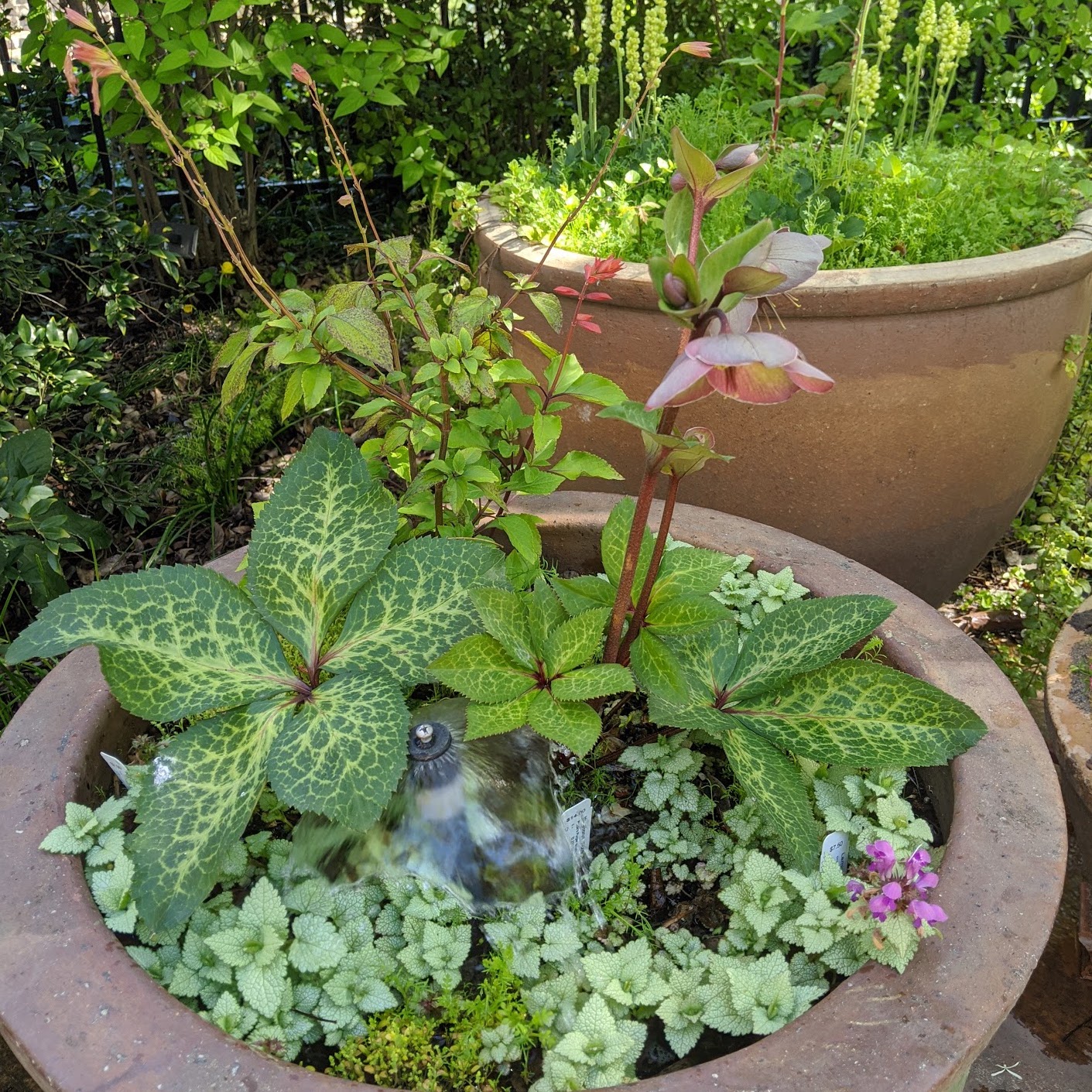
Thriller: Salvia 'Ember's Wish'; Filler: Hellebores; Spiller: Lamium maculatum 'Ghost'

Thriller: Ribes malvaceum 'Montara Rose'; Filler: Tellimas or Heucheras; Spiller: Yerba Buena (Clinopodium douglasii)
Thriller
- Douglas iris (Iris douglasiana)
- chaparral currant (Ribes malvaceum 'Montara Rose')
- alumroot (Heuchera sp.)
Filler
- blue fescue (Festuca glauca)
- Liveforevers (Dudleya sp.)
Spiller
- wild strawberry (Fragaria vesca)
- Yerba buena (Clinopodium douglasii)
Maintenance
Shade or sun
Different plants require different amounts of light. Some tolerate full sun, others prefer shade, and some like something in between. Plants in the same PPP should have the same sun preferences.
What soil are you using?
Adding observations to iNaturalist
One of the rewards of having a PPP is observing the pollinators who visit! Using the iNaturalist app is a great way to contribute to community science by sharing pictures of the pollinators you observe. Your observations can be real data used to monitor and support pollinator populations! Keeping track of your PPP with iNaturalist is also a great way to stay connected with your PPP and learn more about the wildlife near you.
Soil is an important component of your PPP. The soil you use should be a blend that mimics your plants’ natural environment. Store bought potting soil is generally suitable, but it’s a good idea to consider the specific needs of each plant.
Soil mixtures will have a varying blend of clay, silt, and sand. The percentage of these in your soil will determine how much nutrients are available for your plant and how effectively the water is retained. Choosing the right soil will depend on the plant you choose to grow and will determine your plants chances of survival. If it is a California native plant, the native soil where the plant ranges can be used. For drought tolerant plants, a fast draining soil like a cacti/succulent mix is preferred over a high water retaining soil. There are types of soils that retain water longer than others which will determine how often you need to water your plants.
Water maintenance
Adding the right amount of water will increase the chances of survival for your plants. But how do you know how much water to add? It all depends on the size of the pot, the type of soil, heat exposure and the plants you chose! Most plants that are California native, tend to be adapted to dry and harsh conditions. This makes them drought tolerant and do not need as much water to thrive; in fact, too much water will invite fungus and rot your plant from the roots. Ideally, you’d want to water the plant thoroughly until the soil is saturated. Ideally, it is best to wait until the soil is dry to water again. This will be a couple of days and it will vary depending on the soil you are using and if the plant is placed in full sun or shade. It is important to monitor the plants every so often and check how moist the soil is to get an idea of how often you need to water it. If your plant needs water, it may start to wilt, which is a sign of loss of turgor pressure. If your plant starts looking soggy and starts to turn brown (or yellow), it is a sign that the plant is overwatered. If the plant is overwatered it is crucial to dry out the soil and not add more water. You can also try to move it to a dryer and warmer place to dry out the soil faster. Monitoring the moisture level of the soil and the appearance of your plants will ensure that they stay healthy and happy! You can use your journal to monitor and take notes!

